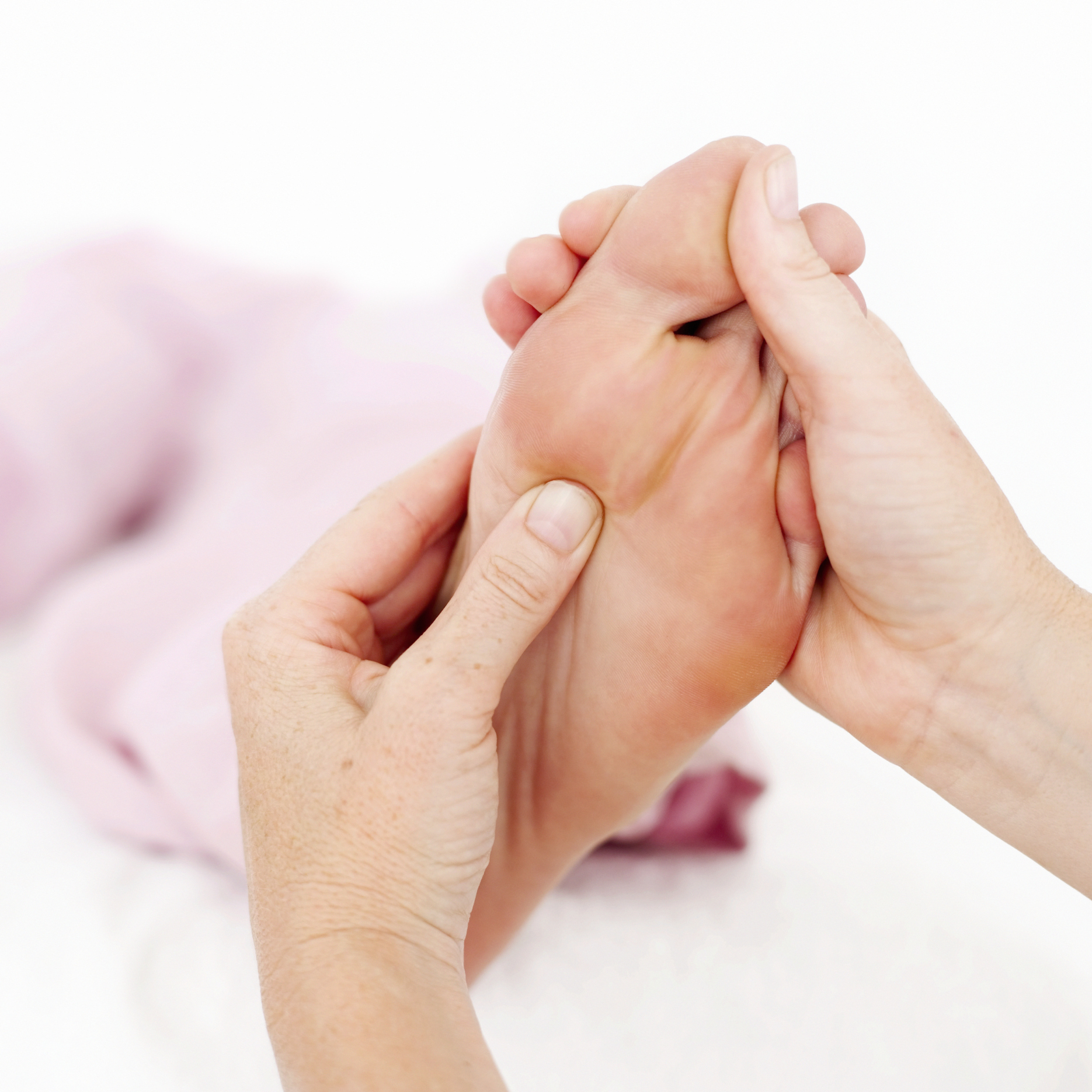
Reflexology is a form of massage that finds and addresses unhealthy imbalances in the body. Anything from a serious illness to the strains and stresses of modern life can throw your body out of balance. When that happens, you’re more susceptible to illnesses and complications that can affect your ability to function at your best.
How does reflexology work?
To understand how reflexology works, you have to consider your body and mind holistically. Anything that’s wrong with one part can affect other parts of you and create general imbalances in your system. These imbalances are reflected in the reflex points on your feet and hands.
A reflexologist applies firm pressure on specific pressure points on the feet that are associated with various organs and parts of the body. Reflexologists are taught to recognize the connections between the areas of the feet and the rest of the body and often revisit specific areas to ensure that the balance is restored and maintained. Here’s a link to learn more about the benefits of reflexology .
What can you expect from a reflexology treatment?
Your first reflexology session is usually the longest, since the therapist, or reflexologist, needs to get to know you. Sessions usually last between 45 minutes and an hour, but before your first treatment can start, the therapist needs to talk to you about your health, lifestyle and diet. It’s important to be open and honest in order for the treatment to be as effective as possible. You should mention anything that affects your daily life, including medications that you take and anystress or strains that you are experiencing.
After the consultation, you’ll need to remove your footwear, including any socks or tights, and either lie down on a treatment bed or recline in a chair. Some therapists work the hands and feet, while others just concentrate on feet reflex points, so wearing loose, comfortable clothing that allows your therapist easy access to your feet, ankles and possibly hands is recommended. Your therapist may also play gentle music, light candles or burn oils to help you stay relaxed.
Once the ambiance is set, your therapist will begin the treatment by gently massaging your feet, using either oils or creams, then start working the reflex points by applying firm pressure. While you should be able to feel this pressure, it shouldn’t be painful. You should let the therapist know if you become uncomfortable at any point.
Usually, the therapist works one foot at a time and may cover the other foot in a towel to keep it warm. During the session, you should feel relaxed. Keep in mind that it is not unusual to drift off or even fall asleep. You can chat with the therapist during the session if you want or just lie back and unwind.
At the end of the session
Once the treatment is complete, the reflexologist gives you time to readjust and wake up. You may be offered some water to help. You’ll also be advised to drink plenty of fresh water after the treatment to flush toxins released during your session from your body. You may also be advised to take things easy and eat a light meal.
Once you’re fully awake, your reflexologist will discuss a treatment plan with you based on what was discovered during the first session. Usually, treatment cycles are four to six weeks long with one session a week. However, reflexology is safe to have more regularly and over longer periods of time. If you have a serious illness, more sessions may be recommended. Following your session, you should make a note of any problems, changes or improvements that you experience. Even the smallest change could be important, so don’t overlook anything.
Interested in finding a reflexologist near you? Use the MassageBook directory!





